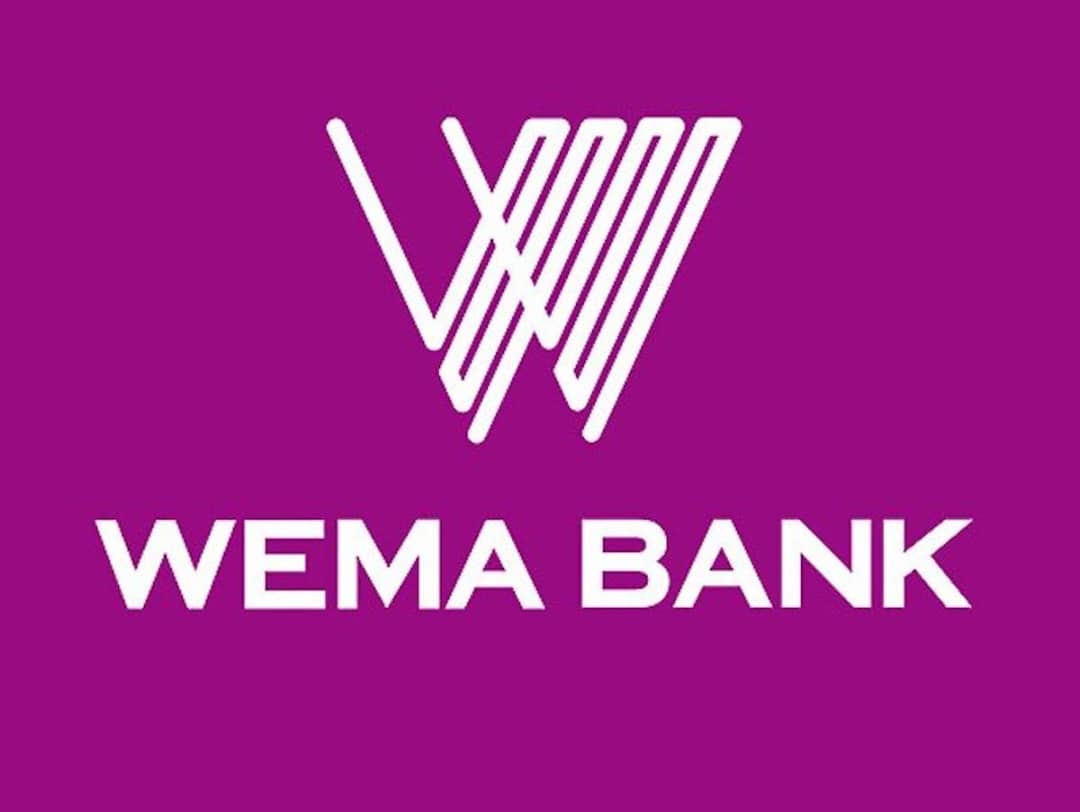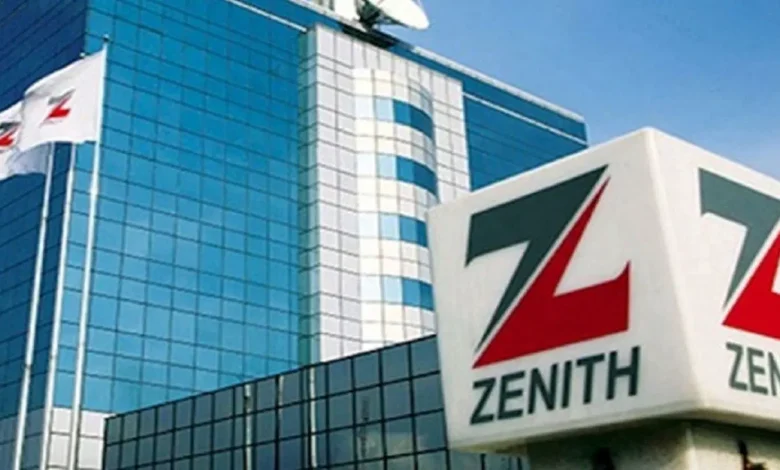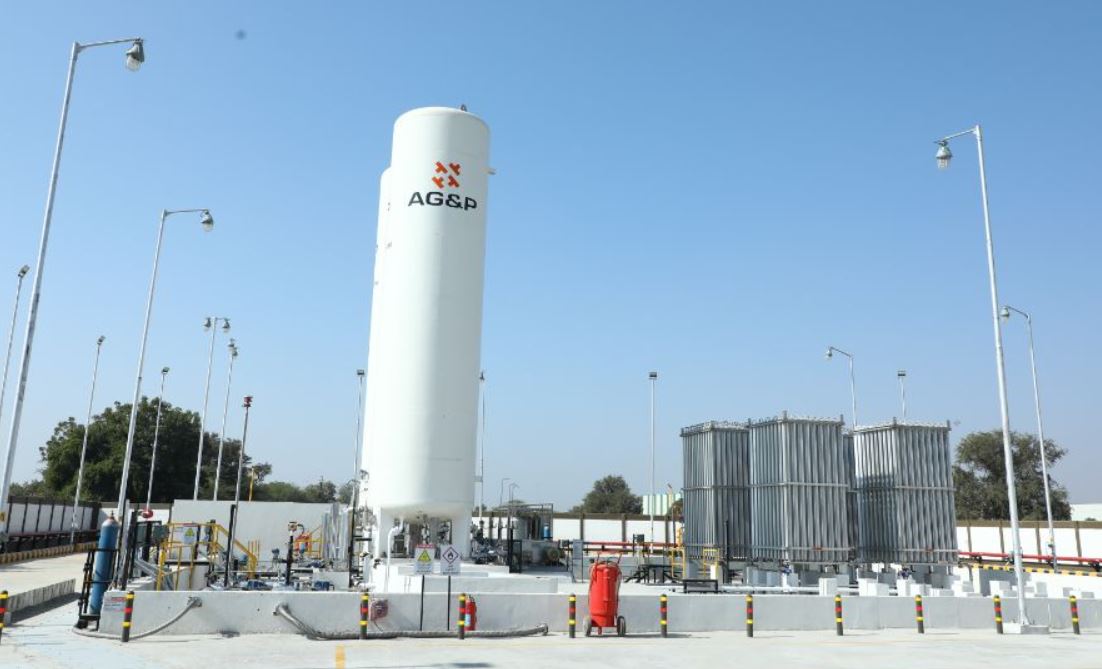By Ayomide Otitoju
Shell has loaded the maiden crude oil cargo from Nigeria’s newly completed onshore Otakikpo terminal, marking the start of exports from the $400 million facility developed by marginal field operator Green Energy International, according to a report by Argus on Monday.
The Otakikpo terminal, situated in the OML 11 block southeast of Port Harcourt, boasts a maximum export capacity of 360,000 barrels per day. Crude from the facility is transported via a 23-kilometre, 20-inch pipeline to a single point mooring in the Atlantic Ocean, where tankers including Aframax and Suezmax vessels can be loaded due to a 21-metre draught.
Green Energy International said the new terminal replaces a high-cost barging system previously used to evacuate production, which cost approximately $120,000 per day. The company estimates that the new infrastructure will slash production costs by at least 40 per cent.
“The government needs to realise that instead of spending on multiple float stations, this facility offers a home-grown alternative,” said Kayode Adegbulugbe, Managing Director of the Otakikpo Oil Terminal. “When oil is stored in tanks, it lowers the cost of production per barrel significantly. Operational expenditure will drop, ensuring a more sustainable and efficient production model.”
Prior to this, Otakikpo’s light sweet crude was exported via the Ima floating storage unit operated by Amni International. The new terminal is expected to transform regional production dynamics, with the potential to unlock stranded output from over 40 nearby fields holding an estimated 3 billion barrels of oil equivalent and a combined capacity of 200,000 barrels per day.
The facility is designed to receive up to 250,000 barrels per day from third-party producers, with connectivity via a dedicated 6-inch, 6-kilometre offshore pipeline. Green Energy also plans to develop a crude gathering system for regional producers and expand the terminal’s storage capacity from the current 750,000 barrels to as much as 3 million barrels. According to the company, additional tank storage can be added within nine months if required, though current utilisation stands at less than 12 per cent.
The terminal began receiving crude on March 30, with the first export cargo loaded aboard the Aframax tanker Lipari.
Although Green Energy’s average crude output stood at just 5,000 barrels per day in April, the Nigerian Upstream Petroleum Regulatory Commission (NUPRC) has approved a revised field development plan allowing the company to ramp up production to 30,000 barrels per day.










